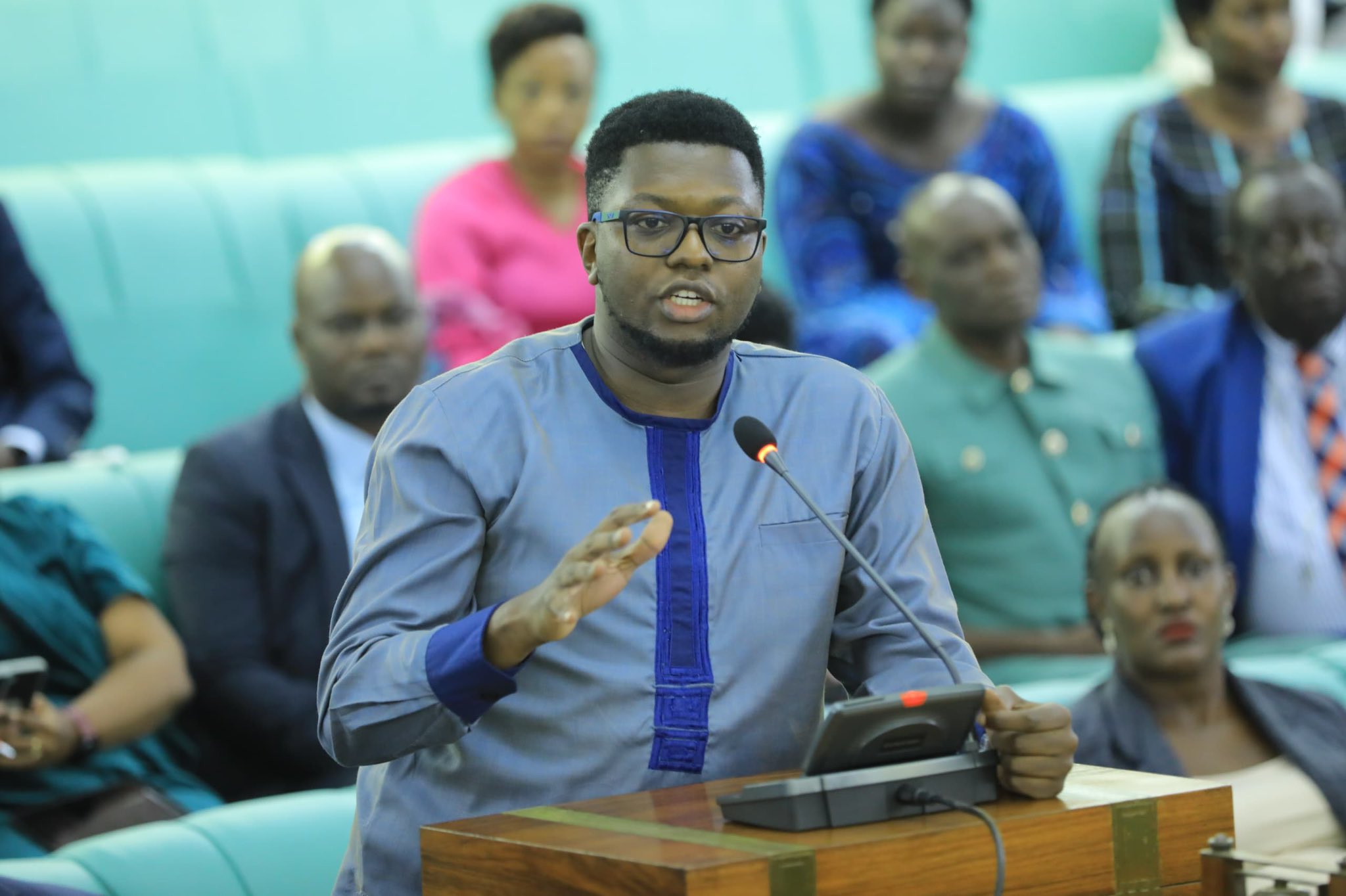Prime
Can Uganda afford new local government administrative units?

What you need to know:
Costs. The operationalisation of new local governments has pre-requisites such as office structures, staff and other administrative resources that are vital for daily operations. These come with a hefty price tag that can only increase public expenditure.
Uganda continues to create new administrative units despite the lack of resources to finance their operations.
At the start of the 2019/2020 financial year, seven new districts; Karega, Rwampara, Obongi, Kalaki, Madi-Okollo, Kitagwenda and Kazo became operational. This increased the total number of districts to 134. In addition, 352 town councils (TCs) and 364 sub-counties were created in the past three years. Much as the creation of new administrative units is motivated by necessity to improve service delivery and governance, these changes have a significant impact on the national budget.
The Ministry of Finance has been unequivocal in re-stating that the country lacks the resources to operationalise these new administrative units.
Nonetheless, a question remains whether the government can afford to create new local governments, especially as we move towards an electioneering period.
The operationalisation of new local governments has pre-requisites such as office structures, staff and other administrative resources that are vital for daily operations. These come with a hefty price tag that can only increase public expenditure. Through established guidelines, Ministry of Local Government makes a budget allocation of Shs1 billion as a start-up fund for each new district, and an additional Shs100 million to a new town council created to host the district headquarters.
This makes a total of Shs7.7 billion, required as start-up for the aforementioned new seven districts and their corresponding town councils.
At the request of a district, an additional budget allocation of Shs50 million can be provided to create a new town council. These funds are required for setting up administration units. To date, it is reported that some of the new administrative units have not received any funding for start-up activities. Besides the start-up funds, the administrative units require operational funds to enable them implement their mandate as stipulated in the Local Government Act 1997.
Some of the responsibilities under their mandate include service delivery, governance and administration. The implementation of the aforementioned responsibilities cannot be achieved with utilisation of local revenue, which is usually a small proportion of the total revenue requirement. Supplementary budget support through grants (conditional and unconditional) from the Central Government to the local governments is necessary.
Government tried to bypass the additional funding burden by instructing the mother districts to share the Indicative Planning Figures (IPFs) by at least 50 per cent with the new districts created in the FY 2017/2018. However, this could not materialise in most mother districts because the IPFs were small in the first instance, hence insufficient for sharing. The central government had no option but to make a separate budget allocation for the new districts in the subsequent years.
For example, the FY 2019/2020 Ministerial Policy Statement for the Office of the President states that an additional Shs6.6b is required to cater for the supplementary overheads resulting from districts created in FY 2016/2017, FY 2017/2018, and FY 2018/2019. These required resources will ultimately increase the strain on the country’s budget.
Similarly, an increase in the aggregate recurrent wage and non-wage grants necessary to maintain both the new and old local governments is inevitable. The Mid Term Expenditure Framework (MTEF) for 2018/2019 to 2023/2024 estimates that the recurrent wage and non-wage allocations will grow from Shs4.2 trillion to Shs5.6 trillion, and Shs7.6 trillion to Shs18.7 trillion respectively during the period.
Additionally, new administrative units require a political representation, which necessitates holding elections. The Parliament of Uganda reports that the districts operationalised in 2018/2019, had their respective elections delayed due to limited funds.
Beyond the costs of holding by-elections, the cost of public administration is also exorbitant. Business Focus reports that the Office of the President required that in FY 2018/2019, Shs2.7b be apportioned for the appointment of RDCs in 10 districts operationalised in FY 2016/2017 and FY 2017/2018. However, the estimated cost of constructing an RDC’s office is reported to be Shs0.7 billion. Incase offices cannot be not constructed, funding for renting office space is provided for, in the event that District Local Governments cannot provide accommodation. Furthermore, procurement of vehicles for the RDCs in the new administrative units has major cost implications.
This, therefore, calls into question the ability of the government to adequately fund the operationalisation of the new districts given rising public expenditures and sustained budget deficit. This expenditure burden is projected to worsen given the short term requirements to finance the upcoming elections. Based on precedents observed in previous elections cycles, there may be forced cuts in LGs budgets in both FY 2020/2021 and FY 2021/2022 (immediately after the election).
Moreover, it is also that new lower local governments will be created as part of the forthcoming electioneering cycle, notwithstanding the limited public funds available. Ultimately, this may translate into poor service delivery in the newly created units, which undermines the original objection of their formation.
Ms Nattabi is a research analyst at economic policy research centre.


